

World Heritage Sites
designated by
UNESCO
the World Heritage Committee has inscribed 890 properties on the World Heritage List
The following are some I have visited:
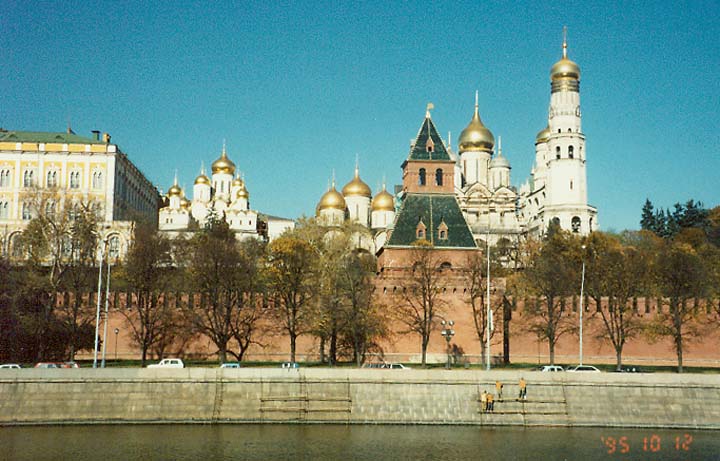
the Kremlin wall and the churches inside
Inseparably linked to all of the most important historical and political events in Russia since the 13th century, the Kremlin, built between the 14th and 17th centuries by outstanding Russian and foreign architects, was the residence of the Great Prince and a religious centre. At the foot of its ramparts, on Red Square, the Saint Basil Basilica is one of the most beautiful monuments of Russian Orthodox art.
| The Church of the Ascension at Kolomenskoye, Russia |

Ascension church (1530 -1532)
The Church of the Ascension was built in 1532, in the Imperial estate of Kolomenskoye, near Moscow, to celebrate the birth of the prince who was to become Tsar Ivan IV "the Terrible". One of the earliest examples of traditional wooden tent-roofed churches on a stone and brick sub- structure, it has had a great influence on the development of Russian ecclesiastical architecture.
| Lake Baikal, Russia |
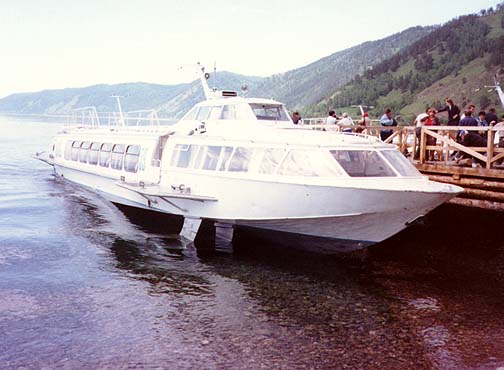
Lake Baikal
Situated in south-east Siberia in the Russian Federation, the 3,15 million ha. Lake Baikal is the oldest (25 million years) and deepest (1 637 m) of the world's lakes. It contains 20% of the world's surface unfrozen freshwater reserve. Known as the "Galapagos of Russia", its age and isolation have produced one of the world's richest and most unusual freshwater faunas which is of exceptional value to evolutionary science. With its outstanding variety of endemic animals and plants Lake Baikal is one of the most biologically diverse lakes on earth.
| Brimstone Hill Fortress National Park, Saint Christoper and Nevis |
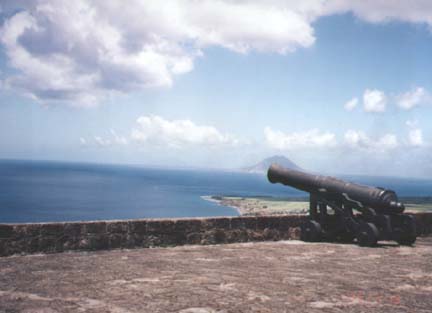
View from Brimstone Hill fortress, St. Kitts
Brimstone Hill Fortress National Park is an exceptional and well-preserved example of 17th- and 18th-century military architecture in a Caribbean context. Designed by the British and built by African slave labour, the Brimstone Hill Fortress is testimony to European colonial expansion, the African slave trade, and the emergence of new societies in the Caribbean.
| Aldabra Atoll, Seychelles |
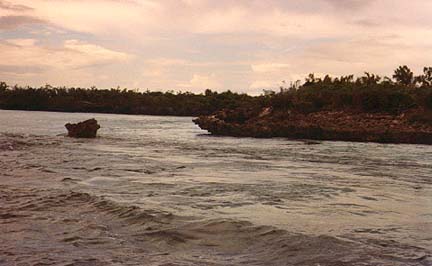
Aldabra
The atoll is comprised of four large coral islands which enclose a shallow lagoon; the group of islands is itself surrounded by a coral reef. Due to difficulties of access and the atoll's isolation, Aldabra has been protected from human influence and has as such become a refuge for some 152,000 giant tortoises, the world's largest population of this reptile.
| Robben Island, South Africa |

names cut on the prison door
Prison where many of the victims of apartheid
(Afrikaans for "separateness") were imprisoned
Robben Island was used at various times between the 17th and the 20th century as a prison, a hospital for socially unacceptable groups, and a military base. Its buildings, and in particular those of the late 20th century, such as the maximum security prison for political prisoners, bear witness to the triumph of democracy and freedom over oppression and racialism.
| Historic Centre of Cordoba, Spain |
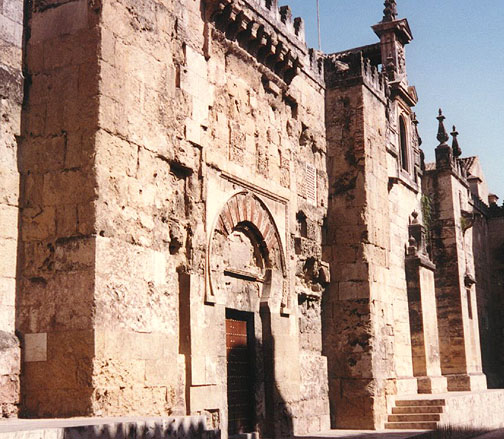
Cordova Cathedral
Cordoba's glorious period began in the 8th century when, conquered by the Moors, some 300 mosques, innumerable palaces and public buildings were constructed to rival the splendours of Constantinople, Damascus and Baghdad. In the 13th century, under Ferdinand III the Saint, Cordoba's Great Mosque was turned into a Cathedral and new defensive structures, particularly the Alcazar de los Reyes Cristianos and the Torre Fortaleza de la Calahorra, were erected.
| The Alhambra, the Generalife and Albayzin, Granada, Spain |
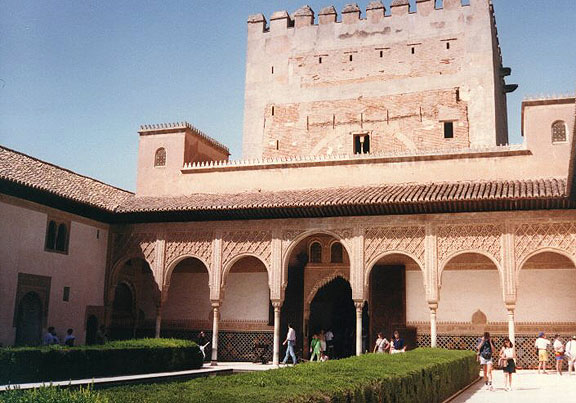
Alhambra
Rising above the modern lower town, the Alhambra and the Albayzin placed on two adjacent hills, form the medieval part of Granada. To the east of the Alhambra fortress and residence are the magnificent gardens of the Generalife, the former rural residence of the Emirs who ruled this part of Spain in the 13th and 14th centuries. The Albayzin, a residential quarter, is a rich repository of Moorish vernacular architecture, into which the traditional Andalusian architecture blends harmoniously.
| Monastery and Site of the Escurial in Madrid, Spain |
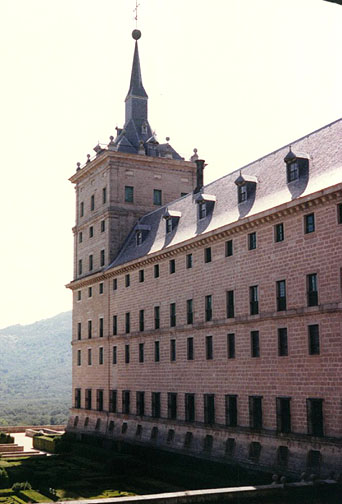
Built at the end of the 16th century on a plan in the form of a grill, the instrument of the martyrdom of Saint Lawrence, the Escurial Monastery sits on an exceptionally beautiful site in Castile. The austere style of its architecture, a break with previous styles, had a considerable influence on Spain for more than half a century. It was the retreat of a mystic King and was, in the last years of Philippe II's reign, the centre of the greatest political power of the time.
| Parque Güell, Palacio Güell and Casa Mila in Barcelona, Spain |
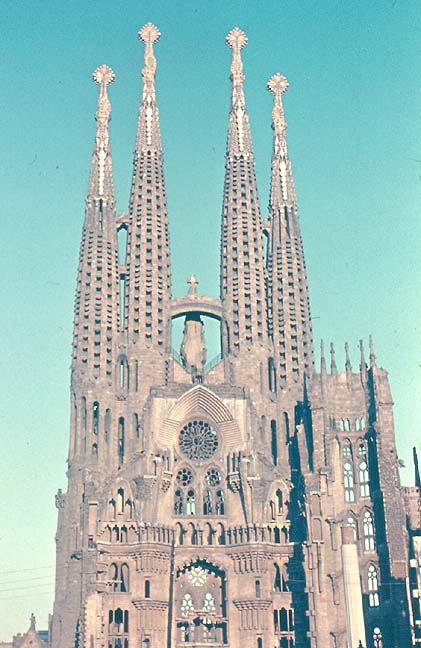
cathedral by Gaudí
Truly universal works in view of the diverse cultural sources from which they are inspired, the creations of Antonio Gaudí (1852-1926) in Barcelona represent an eclectic as well as very personal architectural style which led to new styles, not only as regards architectural style but also for gardens, sculpture and all forms of decorative art.
| Santiago de Compostela (Old Town), Spain |
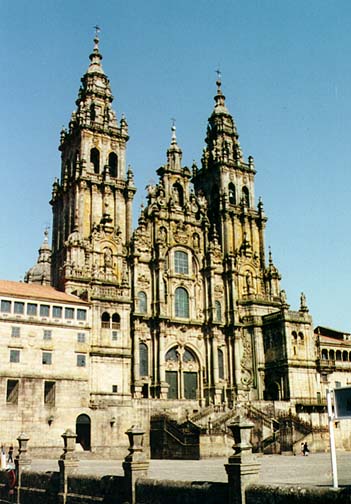
the cathedral
This famous pilgrimage site in the North-West of Spain became a symbol in the Spanish Christians' struggle against Islam. Destroyed by the Muslims at the end of the 10th century, it was completely rebuilt in the following century. The Old Town of Santiago forms one of the world's most beautiful urban areas with Romanesque, Gothic and Baroque buildings. The oldest monuments are grouped around St James' tomb and the Cathedral which contains the remarkable Pórtico de la Gloria.
| Historic City of Toledo, Spain |
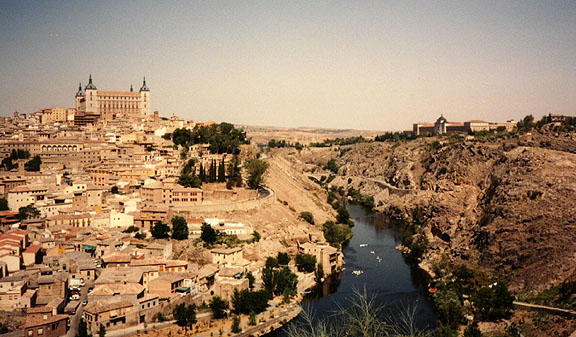
Succesively a Roman municipium, the capital of the Visigothic kingdom, a fortress of the Emirate of Cordoba, an outpost of the Christian kingdoms fighting the Moors and, in the 16th century, the temporary seat of the supreme power under Charles V, Toledo is the keeper of more than two millenia of history. Its masterpieces are the product of heterogeneous civilisations in an environment where the existence of three major religions - Judaism, Christianity and Islam - was a major factor.
| Cathedral, Alcazar and Archivo de Indias, in Seville, Spain |
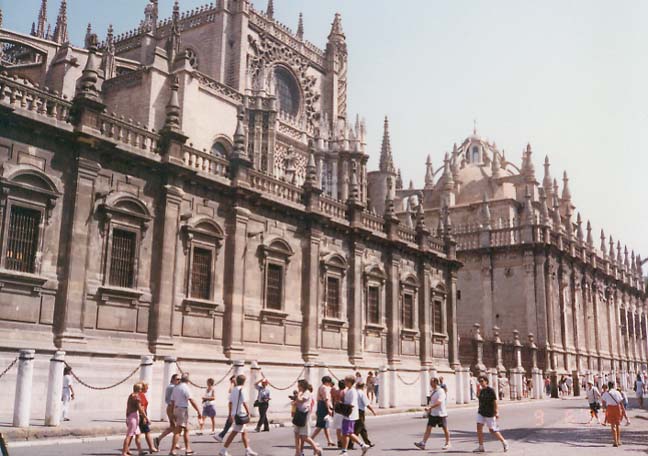
the cathedral
Together these three buildings comprise a remarkable monumental complex at the heart of Seville. The Cathedral and the Alcazar are an exceptional testimony to the civilization of the Almohades as well as of Christian Andalusia, dating from the reconquest of 1248 to the 16th century and thoroughly imbued with Moorish influences. The Giralda minaret, masterpiece of Almohad architecture, next to the cathedral with five naves, is the largest Gothic edifice in Europe, and contains the tomb of Christopher Columbus. The ancient Lonja, which became the Archivo de Indias, contains valuable documents from the archives of the colonies in the Americas.
| Old City of Salamanca, Spain |
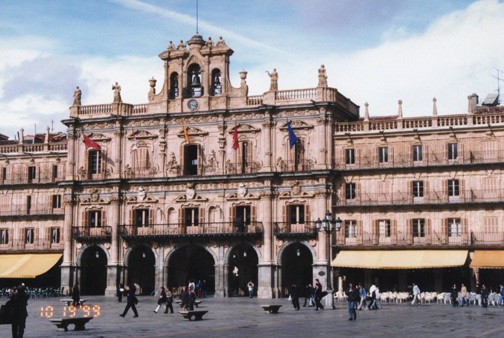
The Plaza Mayor, (the main square)
This ancient university town north-west of Madrid was first conquered by the Carthaginians in the 3rd century B.C. It then became a Roman settlement before being ruled by the Moors until the 11th century. The University, one of the most ancient in Europe, reached its height during Salamanca's Golden Age. The city's historic centre has important Romanesque, Gothic, Moorish, Renaissance and Baroque monuments. The Plaza Mayor, with its galleries and arcades, is particularly impressive.
| The Route of Santiago de Compostela, Spain |
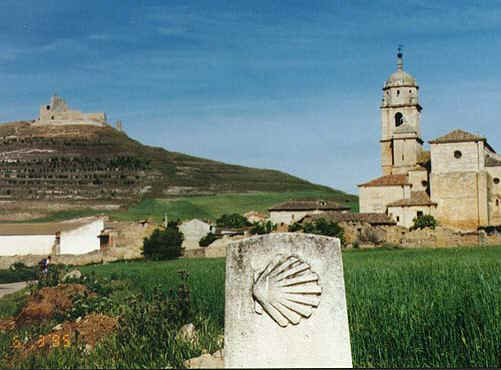
the
pilgrim road marked by the shell
(many walked the road)
Proclaimed the first European Cultural Capital by the Council of Europe, this is the route, from the French-Spanish border, which was - and still is - taken by pilgrims to Santiago de Compostela. Some 1800 buildings along the route, both religious and secular, are of great historic interest. The route played a fundamental role in facilitating cultural exchanges between the Iberian peninsula and the rest of Europe during the Middle Ages. It remains a testimony to the power of Christian faith in people of all social classes and all over Europe.
My Life List of World Heritage sites I have visited
![]()
Return to Favorite Experiences page
![]()